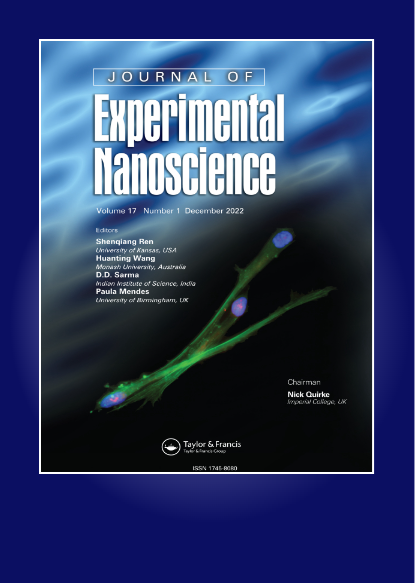人造仿生器官高性能高分子水凝胶复合材料的构建
IF 2.6
4区 材料科学
Q2 CHEMISTRY, MULTIDISCIPLINARY
引用次数: 2
摘要
摘要水凝胶具有优异的亲水性、生物相容性和刺激反应性,在生物医学和人工器官领域得到了广泛的应用。但合成水凝胶凝胶强度差,韧性差,吸水速度慢。因此,开发用于仿生脏器的新型复合材料仍需进行广泛的探索性研究。本文采用易湿化学方法,将聚乙烯醇、羧甲基纤维素、羧甲基淀粉三种高分子树脂交联,构建了一种新型复合水凝胶。水凝胶的电导率、含水率和弹性模量可以通过钾盐、钠盐、水和甘油的用量来控制。经过成型和测试,人工肝肾器官的电导率、弹性模量和含水率与相应的猪内脏相似,优于目前大多数水凝胶研究。本研究为高效水凝胶的合成提供了一种简便的方法,加速了水凝胶在仿生器官中的应用。本文章由计算机程序翻译,如有差异,请以英文原文为准。
Construction of high-performance polymer hydrogel composite materials for artificial bionic organs
Abstract Hydrogel, with excellent hydrophilicity biocompatibility and stimuli responsive, has been widely used in biomedical and artificial organs fields. However, synthetic hydrogel usually displays poor gel strength, poor toughness and slow speed of absorbing water. Therefore, extensive exploratory research is still required to develop new composite materials for the application of bionic viscera. In this work, we constructed a new kind of composite hydrogel by a facile wet chemistry method to cross-link three kinds of polymer resin, polyvinyl alcohol, carboxymethyl cellulose, and carboxymethyl starch. The conductivity, moisture content and elastic modulus of hydrogel can be controlled by the dosage of potassium salt, sodium salt, water and glycerol. After molding and testing, the electrical conductivity, elastic modulus, and moisture content of the artificial liver and kidney organs were similar to those of the corresponding pig viscera, which is superior to most of the current research on hydrogels. This work provides a facile approach to synthesize highly efficient hydrogel, which accelerates the application of hydrogel in bionic organs.
求助全文
通过发布文献求助,成功后即可免费获取论文全文。
去求助
来源期刊

Journal of Experimental Nanoscience
工程技术-材料科学:综合
CiteScore
4.10
自引率
25.00%
发文量
39
审稿时长
6.5 months
期刊介绍:
Journal of Experimental Nanoscience, an international and multidisciplinary journal, provides a showcase for advances in the experimental sciences underlying nanotechnology and nanomaterials.
The journal exists to bring together the most significant papers making original contributions to nanoscience in a range of fields including biology and biochemistry, physics, chemistry, chemical, electrical and mechanical engineering, materials, pharmaceuticals and medicine. The aim is to provide a forum in which cross fertilization between application areas, methodologies, disciplines, as well as academic and industrial researchers can take place and new developments can be encouraged.
 求助内容:
求助内容: 应助结果提醒方式:
应助结果提醒方式:


